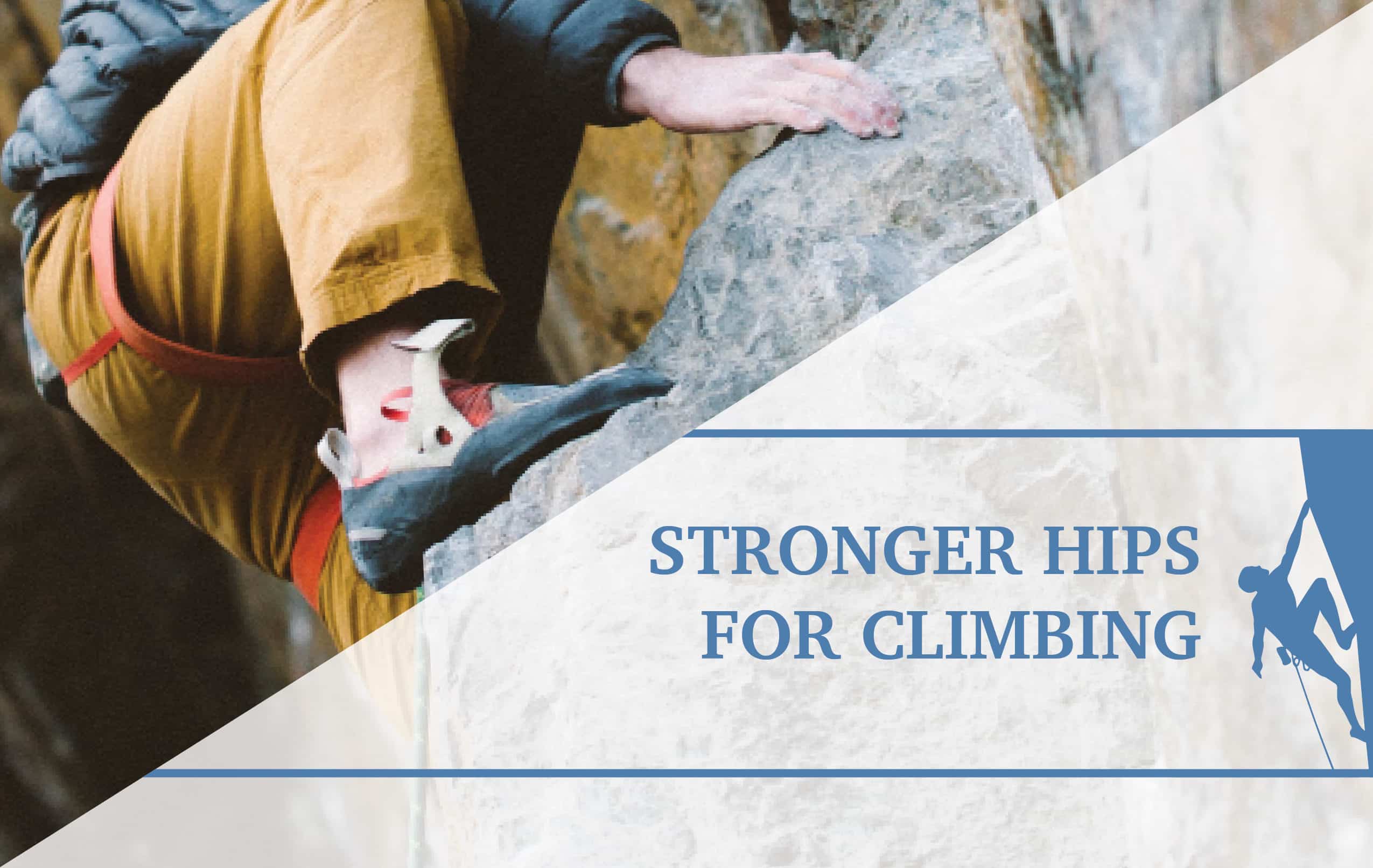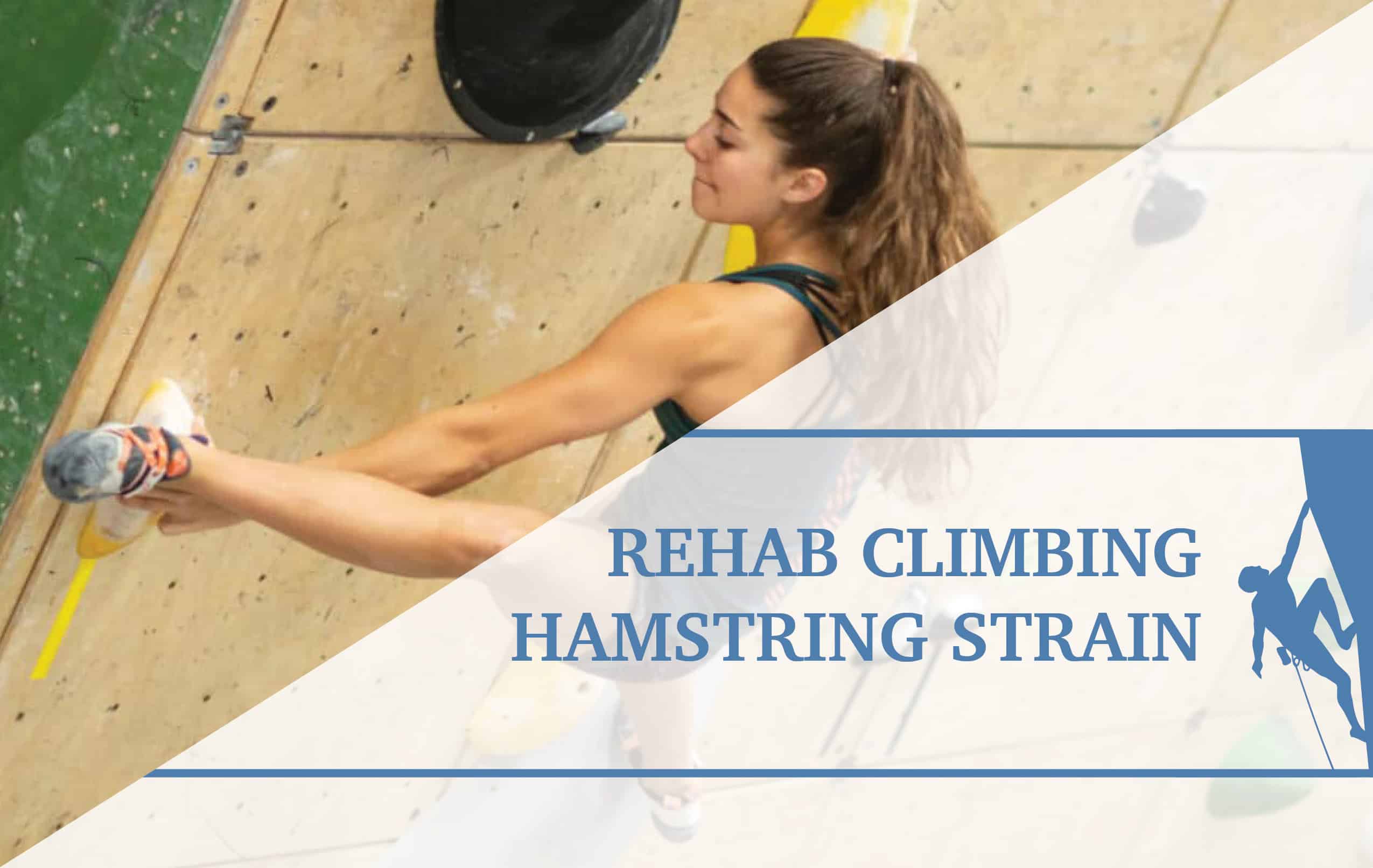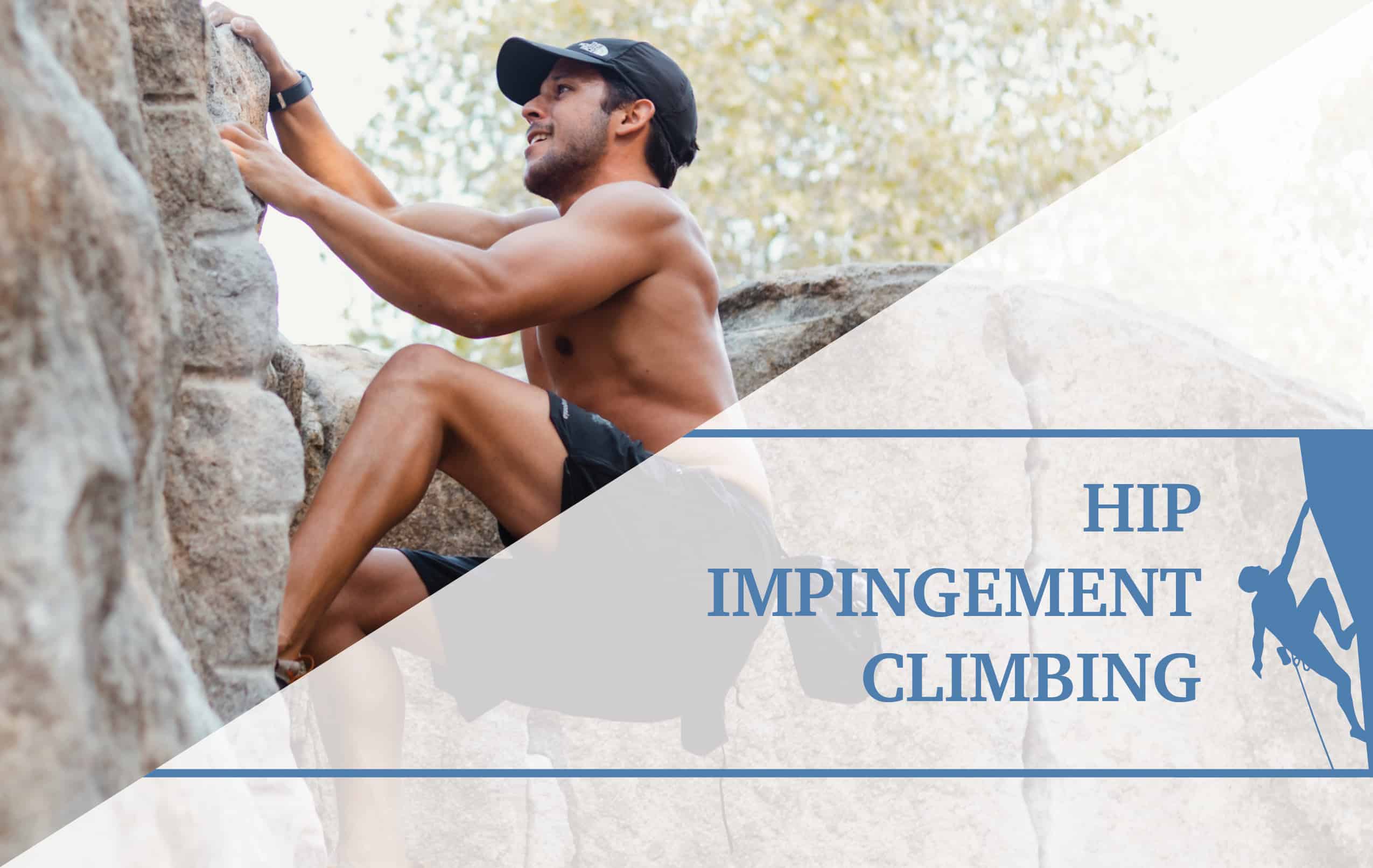Flexibility On and Off the Wall: Lower Body Mobility
While upper body strength often takes the spotlight in discussions about rock climbing, the significance of lower body flexibility should not be underestimated. In this blog post, we will discuss the role that flexibility in the lower body plays in enhancing a climber’s performance. Understanding and prioritizing lower body flexibility will assist in your climbing and training it doesn’t have to be daunting. In this blog post we will discuss several ways you can implement climbing-specific flexibility movement into your training.
Stiff Hips With Frogger
If you’re having trouble getting into a frogger position on the wall you may need to work on your hip flexibility. This is especially important for climbers who favor using the inside edge of their shoe over the outside edge while climbing. To improve your frogger position, you’ll want to focus on stretching your adductor muscles. These muscles run along the inside of your thighs and are responsible for pulling your legs together. When they’re tight, they can restrict your ability to spread your legs wide, making it difficult to get into a frogger position.
Start by using a foam roller to loosen up these muscles. Begin lying on the foam roller with your hip flexed out to the side. Slowly roll your inner thigh up and down the roller pausing at any tight spots. Once rolled out, stand on the floor in a side lunge with one foot up on a step or bench. Shift your weight back and forth until you feel a stretch in your groin.
Hip External Rotation With Jon Cardwell
In a series filmed with EpicTV and Jon Cardwell, there is a full episode dedicated to looking at the importance of hip mobility and flexibility. In an excerpt that can be found on our Instagram page, we review movement to test hip mobility and provide an exercise to open up the hips. To begin, stand upright with legs turned out and at a slightly wider stance that shoulder width apart, and sink into a deep squat, placing elbows on your knees. At this point, check to see if all toes are still planted on the ground or if they are beginning to lift. If they are lifting, be mindful of placing them back onto the floor. Stay in this position to perform “spiderman circles” in which you move your hips in clockwise position to begin hip mobilization. As you are doing this, embrace the burning sensation! For an added bonus, stay in the squatted position after performing your mobilization movement, lift your arms into the air as if you were climbing, and see if you can go onto your toes and hold. To view this you can view the Instagram reel or check out the full video on Youtube.
Keep your Hips Mobile
A climber with supple hips possesses a broader range of movement, increased stability, and the ability to make those crucial adjustments on the wall that can be the difference between a slip and a successful climb. So, whether you’re a boulderer or sport climber remember incorporating hip mobility exercises and flexibility routines into your training regimen will not only enhance your performance but also help safeguard against injuries. Embrace the stretch!
- Disclaimer – The content here is designed for information & education purposes only and the content is not intended for medical advice.




